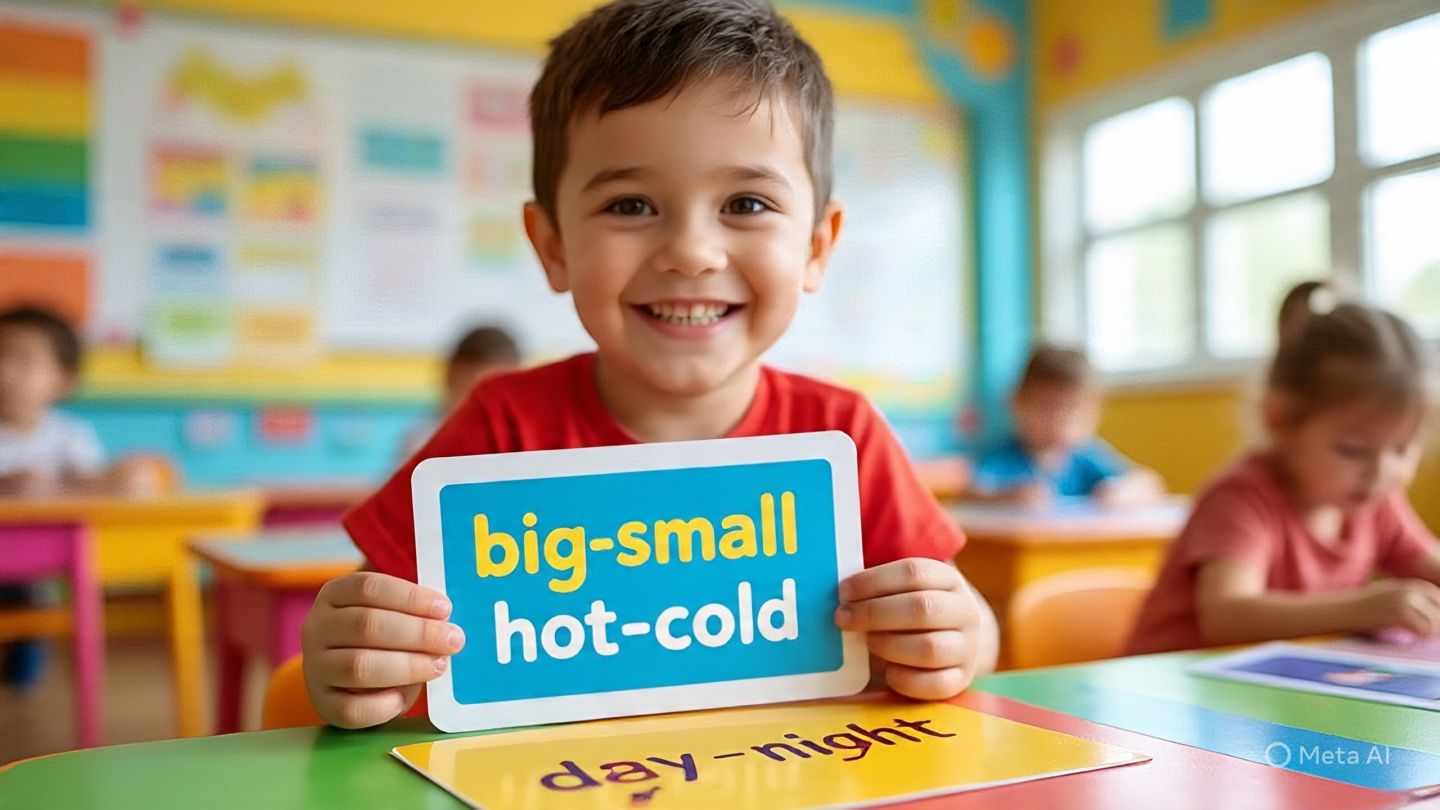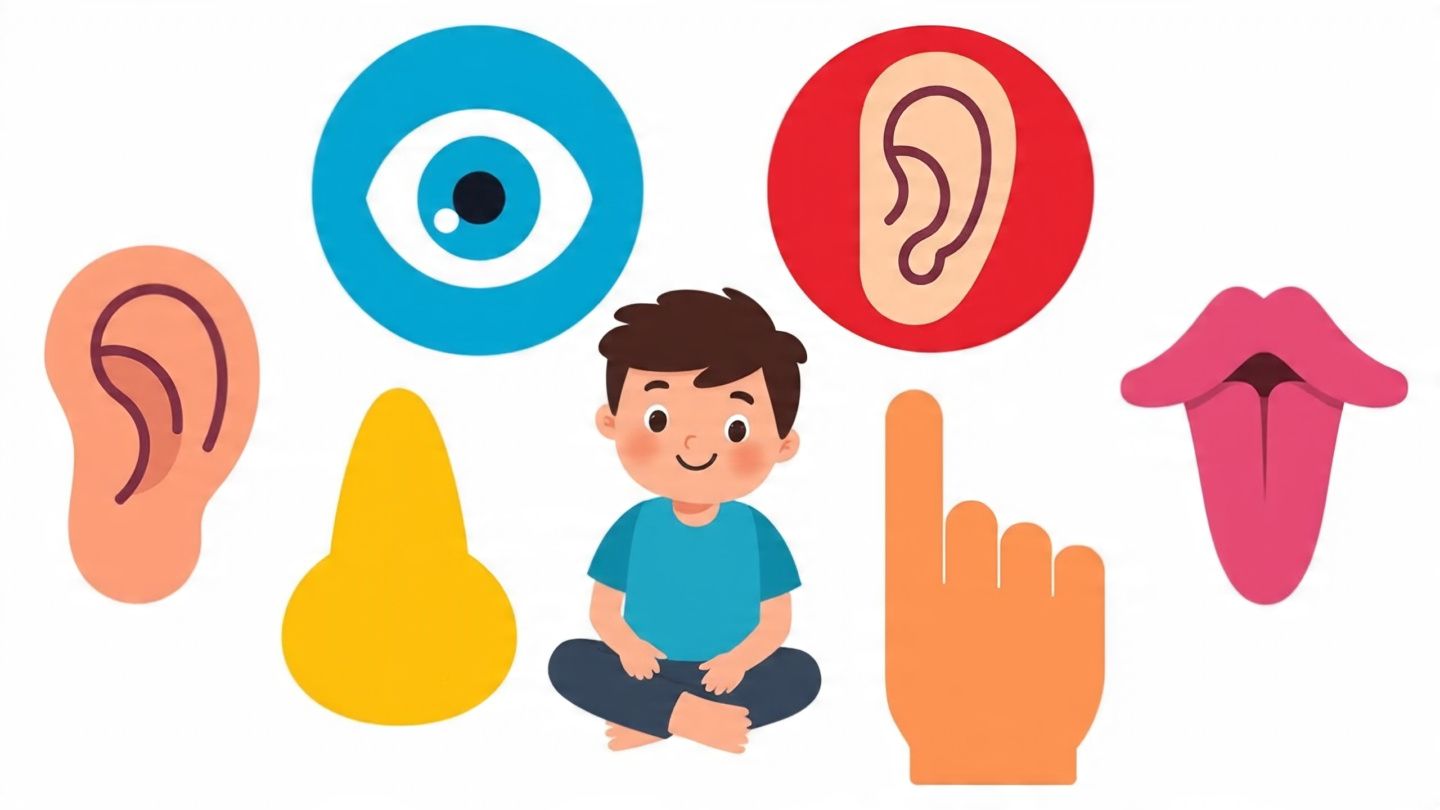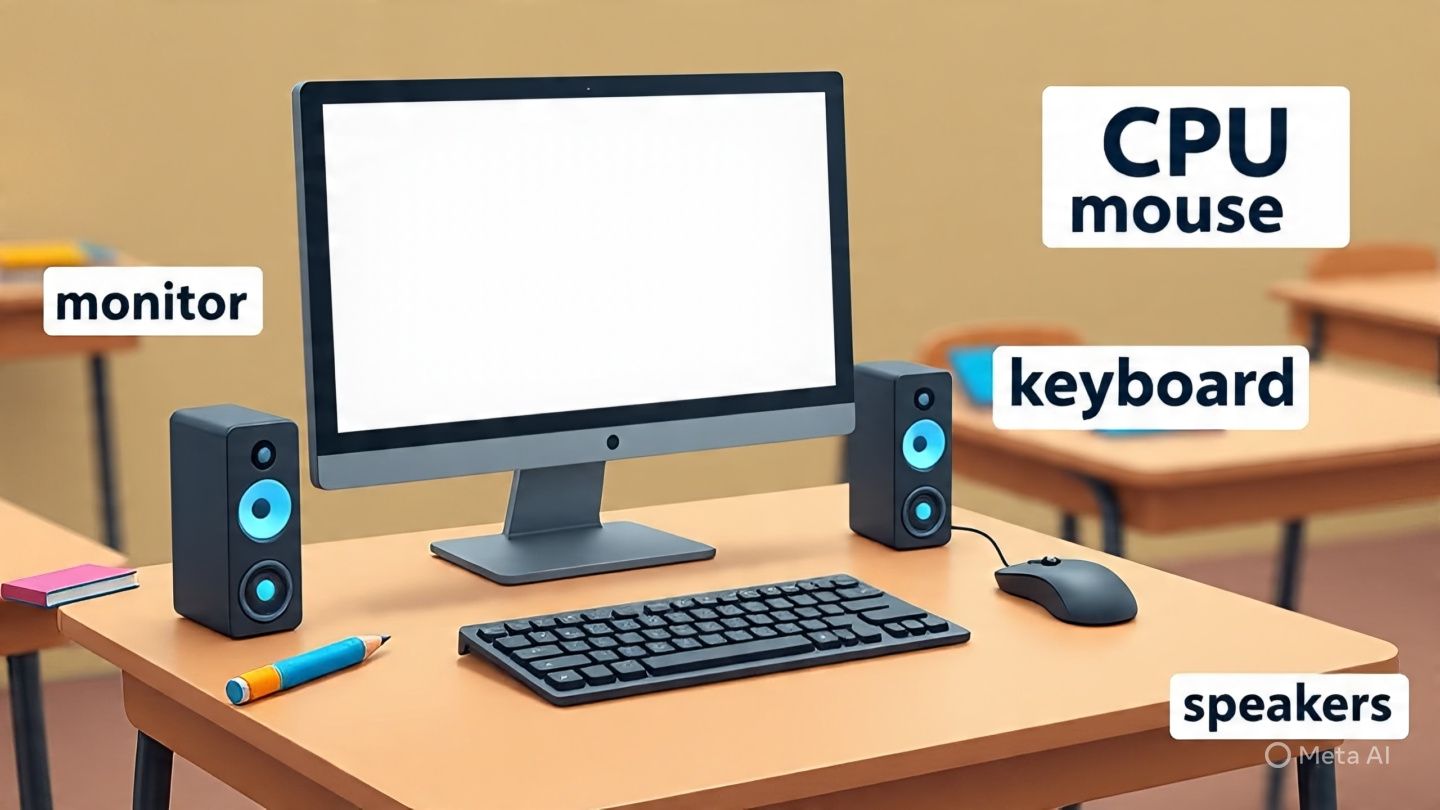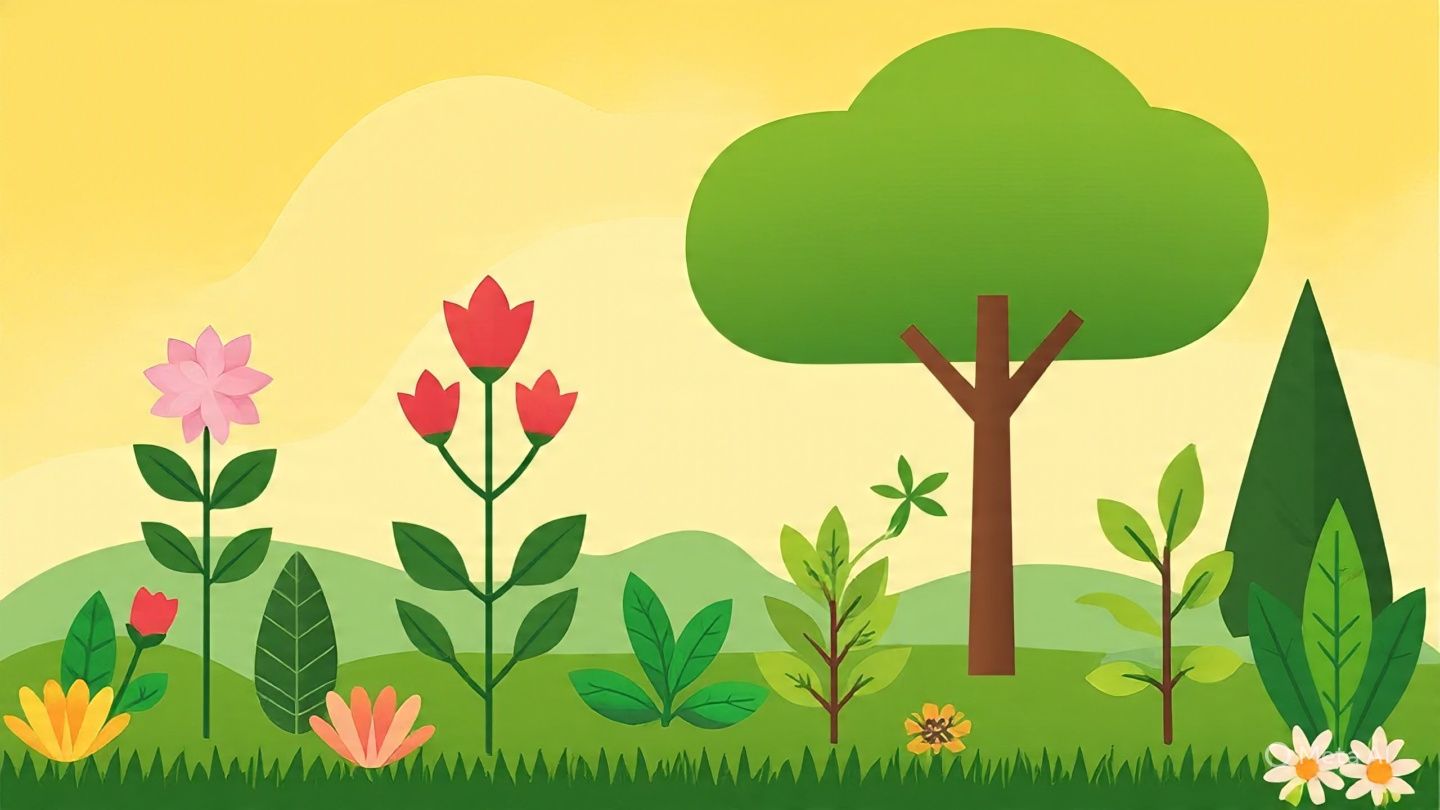Learning Opposites: A Fun Guide for Kids
Understanding opposites is an important part of language learning for kids. Opposites help children improve their vocabulary, understand contrasts, and develop better communication skills. Teaching opposites at an early age sets the stage for recognizing differences and using descriptive words effectively. This blog will take young learners on a journey through the world of opposites using simple words, fun examples, and activities they can enjoy.
What Are Opposites?
Opposites are words that have completely different meanings. For example, the opposite of “hot” is “cold,” and the opposite of “big” is “small.” These contrasting pairs help children learn how to describe the world around them.
Why Learning Opposites Is Important
- It builds vocabulary by introducing new words in pairs.
- It enhances understanding of meaning and usage.
- It sharpens observation and critical thinking skills.
- It prepares children for reading comprehension and storytelling.
Examples of Opposites for Kids
- Hot – Cold: Ice cream is cold, while soup is hot.
- Big – Small: An elephant is big, and a mouse is small.
- Happy – Sad: You feel happy when you play, and sad when your toy breaks.
- Up – Down: A balloon goes up, and a rock falls down.
- Fast – Slow: A cheetah is fast, and a turtle is slow.
- Day – Night: The sun shines during the day, and the moon glows at night.
- Open – Closed: The door is open, and then we close it.
- Clean – Dirty: After a bath, you’re clean; after playing in mud, you’re dirty.
- Hard – Soft: A rock is hard, and a pillow is soft.
- Short – Tall: A candle is short, and a tree is tall.
Fun Activities to Learn Opposites
To help children remember opposites better, you can turn learning into play. Use flashcards with pictures showing opposite concepts. Create a matching game where kids find pairs like “wet” and “dry.” You can even make up silly songs or rhymes about opposites, like “When I jump up, I must come down!”
Use Opposites in Daily Life
Practice using opposites during your child’s daily routine. Ask questions like, “Is the water hot or cold?” or “Is the room dark or light?” The more often kids hear and use these words, the more easily they’ll remember them.
Let’s Keep Learning Together!
Discover more fun lessons like this on our YouTube channel. We share videos that help kids learn through songs, stories, and visuals. Click here to subscribe now!
Conclusion
Learning opposites is an enjoyable way for children to understand the world around them. Through playful examples, daily usage, and engaging visuals, your child can easily grasp these important language concepts. Keep encouraging them with games, songs, and stories that reinforce what they’ve learned.




Leave a Reply